Thomas Angove, an Australian winemaker, patented a design in 1965 for a polyethylene bladder that fits into a cardboard box. The design was inspired by the ancient practice of storing wines in goatskins. In the first model, drinkers had to cut off a corner from the bag and then reseal with a peg that was used to transport battery acids.
History of the goon
In the 1970s, goons quickly grew to account for about 50% of all wine sold in Australia. Goon was the “house wine” that restaurants used to sell. It was economical and convenient.
In the 1970s, wine was still seen as a special occasion drink. Casks could have changed that perception. In the 30 years between 2004 and 2014, there was a drop of 30% in cask sales but an increase of 40% in bottled wines during that same decade. The cask concept was exported as domestic sales were declining.
Goon has evolved from its reputation and origins. The box and bag have evolved along with the story that the wine label tells about geography, history, and identity.
The quality of the contents of the wine-in-a-box has improved as the environmental benefits have become more important for new consumers. Jilly Wine Company’s Chateau cardboard red at $71 per 3 liters is a far cry from the 1-gallon packages of table white, tables red, port sweet sherry, and muscat that were launched in 1965.
The bag-in-box packaging is more environmentally friendly than glass bottles, according to a life cycle analysis.
Plastic bags and fixtures can be difficult to dispose of, but the manufacturing process, lightweight packaging, and transportation make it an environmentally friendly choice. This is why the goon brand is becoming more popular.
Pandemic
In the four weeks leading up to April 2020, market research revealed that cask sales had risen by 21%. This was due to a combination of people being housebound as well as worried about money.
If you drink in moderation and have purchased wine, you can avoid buying more for a longer period. This was convenient during the COVID restrictions.
Longevity
Contrary to popular belief, good wine is not just for people who want to drink lots. The vacuum-sealed bags keep the wine fresh for up to six weeks following its opening.
Price
Cheaper wine will be taxed at a lower rate. Wine Equalisation Tax (WET) taxes wine based on its wholesale price, not alcohol content. It supports the health argument that goon is serving only the liquor industry, despite the fact that there is much evidence of the harm caused by alcohol. Has been shown to reduce alcohol consumption and damage.
Goon does not necessarily mean cheap wine or even a three-day growth. It is also cheaper to make than glass packaging. Australia is the country with the highest alcohol taxes among OECD nations, except for Iceland and Norway. Wine pricing can have a variety of effects.
Snobbery and wine in a bag
The stigma of goon is a result of the association between quality and price. The wine industry is not without its share of snobbery.
Age is also correlated with wine. Wine can be associated with status and wealth (a bottle that costs a lot) or with poverty (a goon). What can a teenager tell you about the taste of Lexia and Moselle? There is a big gap in this argument. It revolves around a variety of factors, including quality, environment, and nostalgia, as well as cost and lifestyle. According to Larry Lockshin, professor of wine marketing and branding at the University of South Australia,” it took a massive shift in perceptions of wines to make screwcaps mainstream.”
Wine consumers tend to associate boxed wines with cheap wine. This is a myth that should be dispelled. It’s about time we made our secret love public.
The life-cycle analysis of the bag-in-box packaging reveals that it is more sustainable than glass. oleschwander
Culinary cringe
Unlike macadamias, though, Australians may be more forthcoming about their love for goon as it grows in popularity in other countries. About 50% of wine in Australia is boxed, as well as Norway and Sweden. Since 1997, the French have boxed Bordeaux. 44% is sold in French supermarkets in boxes.
Youth and nostalgia
The quality of wine is now on par with the maturity of our society. Goon hymns and bag pillows, as well as goon-of fortune and goon-of -capital, are still available. Edwina Shaw, a Brisbane-based author, drew from her own experience to write Thrill Seekers.
Our crusade. We wanted to win the battle of coolness, which meant we had to drink the other guys under the table. We made a deal to each party a cask of four-liter wine every day until we won. Moselle… we weren’t any old drinkers, but the “Goon Babies.”
The Goon Babies had become legends when I first arrived in Brisbane in 1984. They were funny, clever, and creative thrill-seekers. Shaw’s book examines self-destruction as well as loss. I can understand the irony in writing so casually about a goon that we could afford when we were students. It would be snobbish and ageist to say that packaging is what makes the wine, or the issues that might make us drink, or that alcohol-related problems are reserved for the young and poor.
Many of the Gen X goons who drank Moselle in their 20s and 30s are now in their 40s or 50s. We won’t be able to stomach it. We must accept that wine in a bottle can’t age.
As Colin Alevras of DBGB’s in New York said, “The bottle is a technology from the late 18th century.” It’s time for a change.

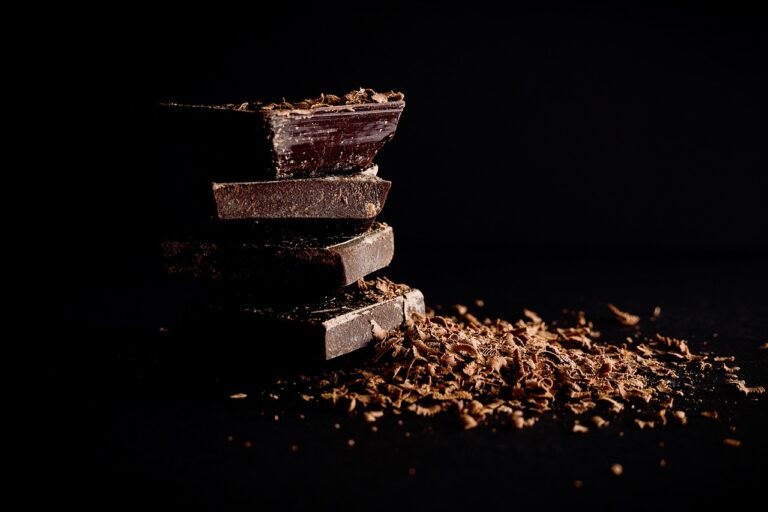
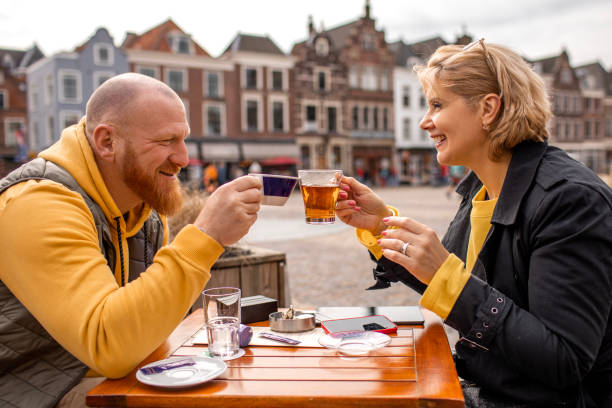
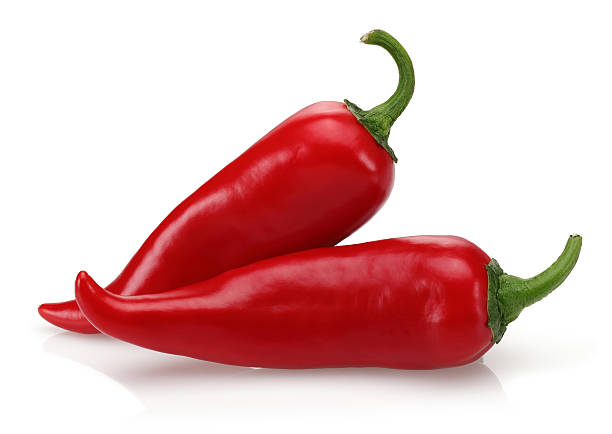
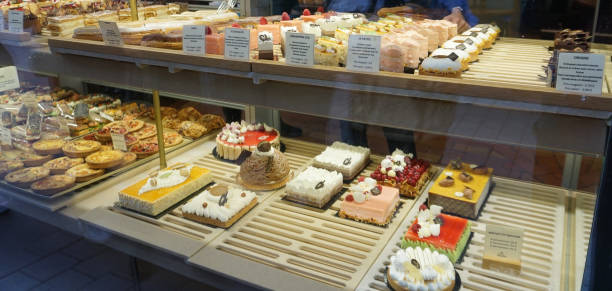
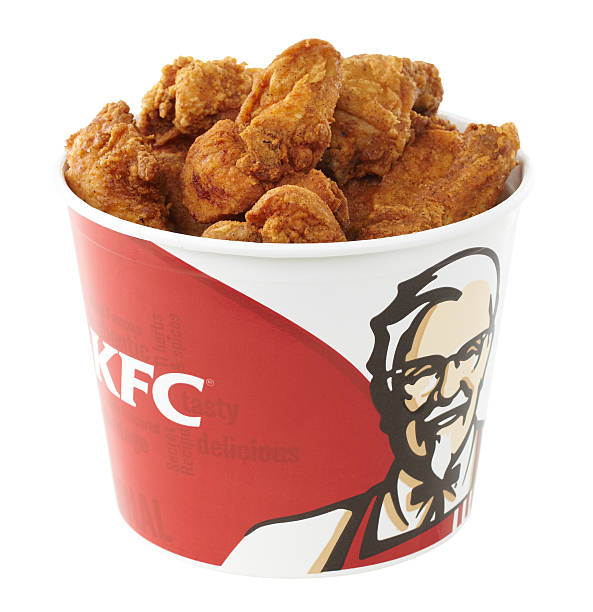
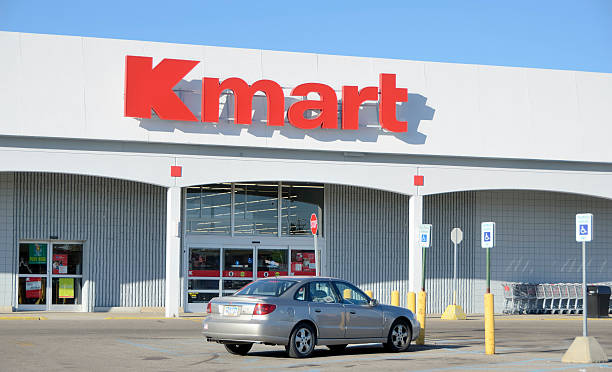

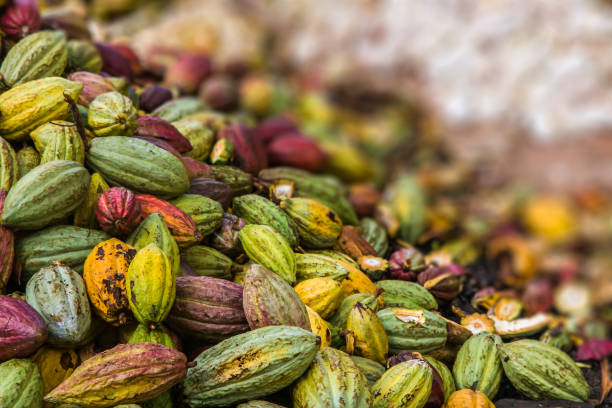
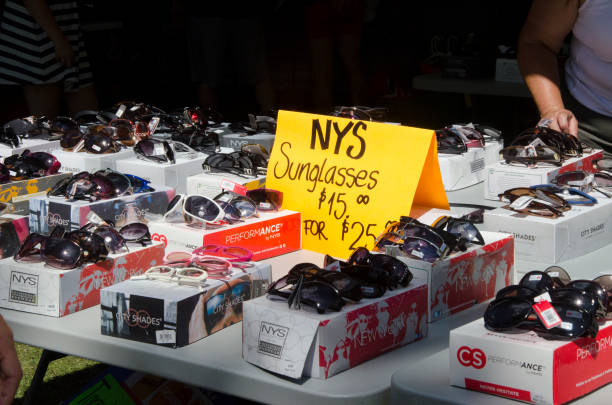
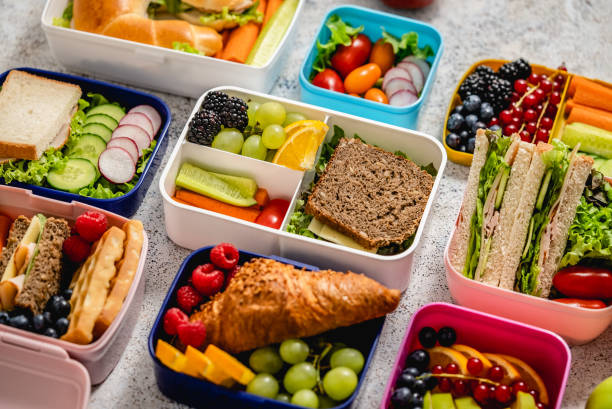

+ There are no comments
Add yours